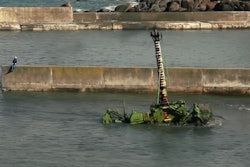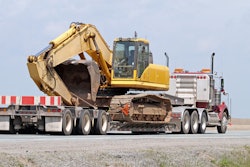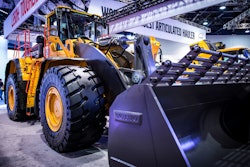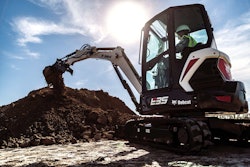After years of acquisitions and divestitures, Terex Corp. has narrowed its focus to three key markets and is setting the course for growth in the specific niches in which it will continue to play. “It has been a very dynamic and exciting time for Terex,” noted John Garrison, president and CEO, during a ConExpo 2017 media event.
As its leadership team—comprised of a mix of veterans and new leaders—focuses transforming Terex for the future, it will focus on three strategic priorities: focus, simplify, and execute to win, Garrison says.
RELATED >> Terex completes sale of MHPS business to Konecranes
The first strategic priority, focus, has been highlighted by the company’s decisions on which markets to exit versus grow. Moving forward, Garrison says Terex will focus its portfolio on businesses that can out-earn their cost to capital throughout the cycle. Those market areas are aerial work platforms, cranes, and materials processing.
“This focused portfolio allows us to better serve our customers in these respective segments,” Garrison explains, adding that the simplified corporate structure and footprint will improve efficiency and enhance global competitiveness.
Recently, Terex has closed 14 manufacturing facilities around the world, reducing its footprint by approximately one-third. “That’s necessary for us to get our cost structure in line to be competitive in a hyper cost-competitive environment,” he adds. As global markets recover, however, capacity can be added to remaining manufacturing facilities through the addition of additional work shifts.
In terms of simplifying, Garrison says Terex will be easier to do business with. Noting that life cycle support is critical to its customers, that will be a priority for the company. Terex will also streamline its global supply chain over time.
Garrison describes the priority of executing to win as being accomplished by driving process discipline and executing its goals with rigor. Top priorities will revolve around life cycle solutions such as telematics, parts availability, and financing; being easier to do business with via sales, pricing, and dealer management; and strategic direct and indirect sourcing.
While the portfolio of products has shrunk, Garrison says that there will be growth within the remaining product lines, with continued investment in product and service innovation.
“With $600 million in debt retired through the MHPS (Material Handling and Port Solutions) sale, Terex is in the best position it has ever been throughout the history of the company,” he notes.














